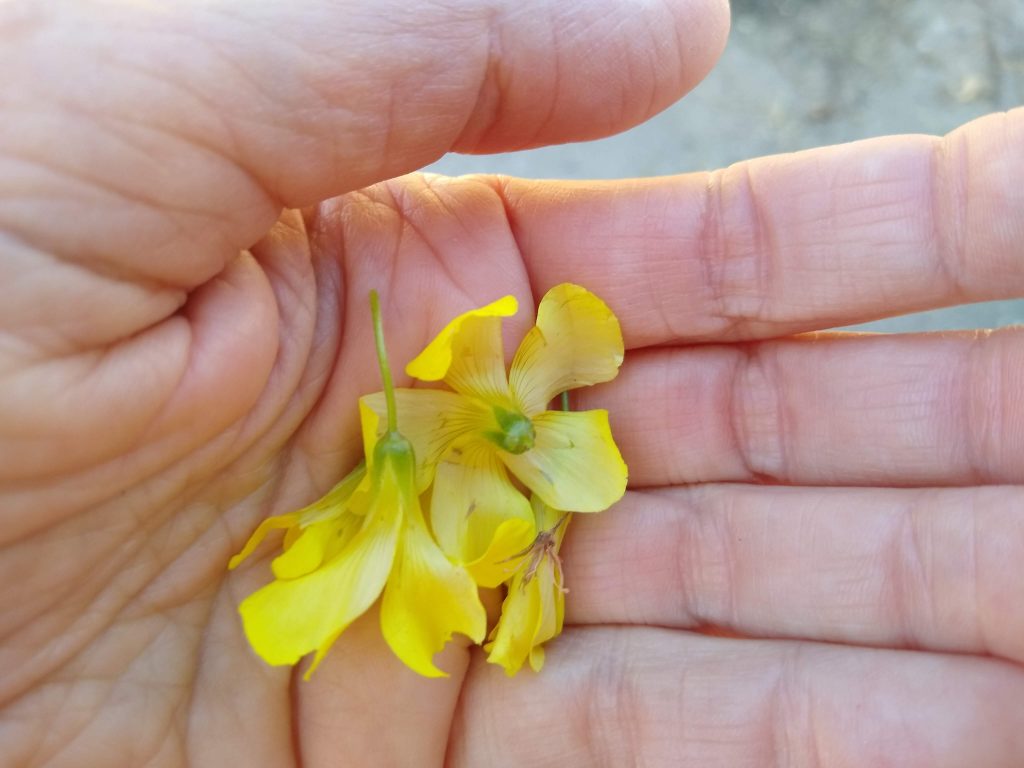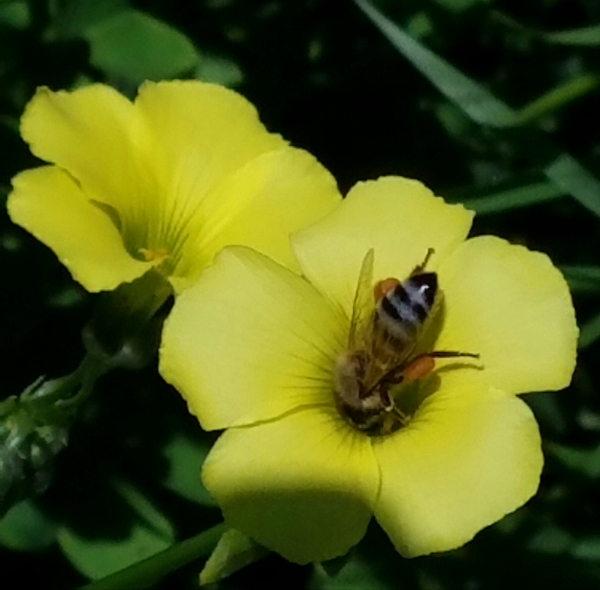As they say the personal is political. Most of the time my textile related projects are here and my politics are over in my friend, Edi Vache’s facebook group: Punks for Bernie in the Apocalypse (ttps://www.facebook.com/groups/punksforbernie/ ). Something she started back in 2016.
Right now, for me, it doesn’t feel like the time to write about sock knitting, spinning or weaving.
With that in mind, here are some resources.
- Don’t Knit to This: https://www.moderndailyknitting.com/dont-knit-to-this/
- Anti-racism resources: http://bit.ly/ANTIRACISMRESOURCES
- EndWhiteSilence Action Toolkit: http://bit.ly/endwhitesilencetools
- Movement for Black Lives: https://m4bl.org/
- Police Use of Force Project: http://useofforceproject.org/
- Email officials re: use of force: https://docs.google.com/document/d/14SmB7guMF24mtSxP4VnzjSSGw76fBi6DePxPSqpQgnE/edit
- California Police Score Card: https://policescorecard.org/
- From Cnet: How to help if you can’t attend if person: https://www.cnet.com/how-to/how-you-can-help-black-lives-matter-protesters-if-you-cant-attend-in-person/?ftag=CAD-03-10aaj8j
- From #ShutDownAcademia and #ShutDownSTEM: https://www.shutdownstem.com/
The above list comes from my co-workers. We work in a library, we know how to find things.
“Class analysis is figuring out who is there with you.”
I need to properly attribute the above poster. Will update when I find it.












